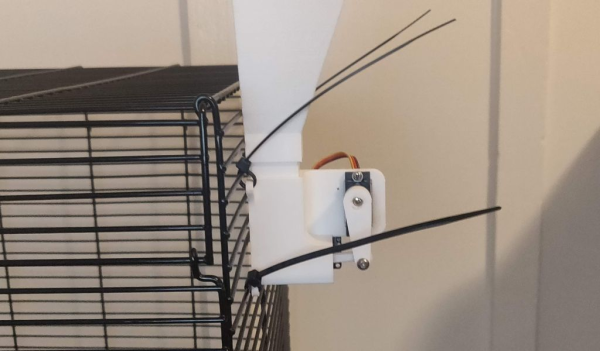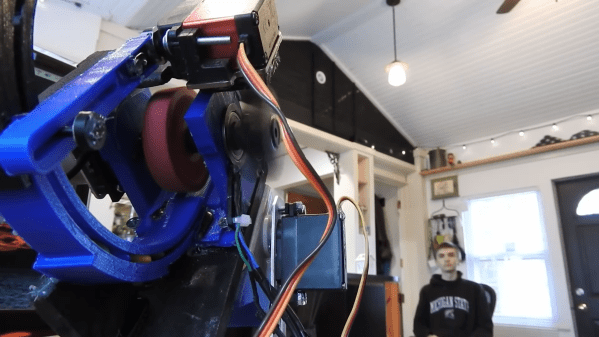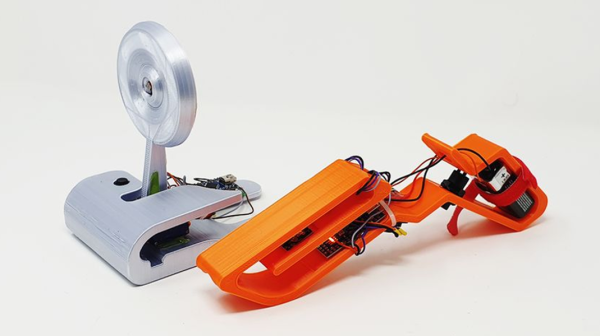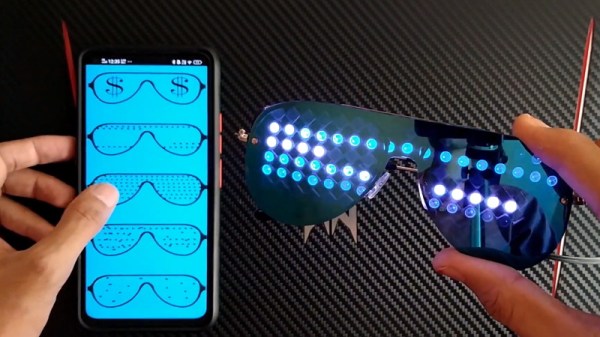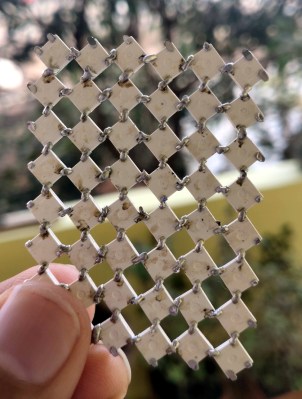As wonderful as mechanical keyboards are, most of the pre-fab and group buy models out there have zero media controls. If you want rotary encoders and OLED screens to show what function layer you’re working in, you’ll probably have to build your own keyboard from the ground up.
Hackaday alum [Cameron Coward] got around this problem by building an electromechanical buddy for his keyboard that works as a volume control. Now that we don’t rely on them to make phone calls, rotary dials are a fun throwback to a time that seems simpler based on its robust and rudimentary technology. This one is from a lovely burnt orange Bell Trimline phone, which was peak rotary dial and one of the idea’s last gasps before tone dialing took over completely.
Operationally speaking, [Cameron] is reading in the dial’s pulses with an Arduino Nano and using a Python script to monitor the serial connection and translate the pulses to volume control. We like that this is isn’t a volume knob in the traditional sense — it’s a game of percentages. Dialing ‘2’ gives 20% volume across all programs, and ‘8’ raises it to 80% of maximum. Need to mute? Just dial ‘0’, and you’ll begin to understand why people wanted to move on from rotary dialing. It won’t take that long, but it’s not instant. Check out the demo after the break.
This isn’t the first time we’ve seen a rotary dial used to control volume, but that’s one of the minor selling points of this rotary cell phone.






